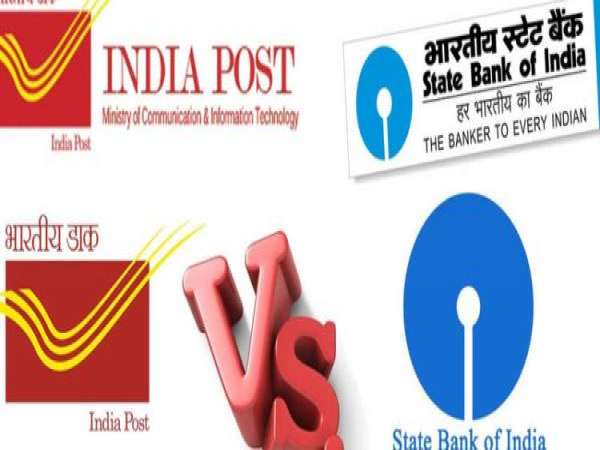Post office time deposit versus SBI fixed Deposit: Following the RBI’s rate hike, a number of banks have increased their deposit rates in an effort to entice new depositors. After six consecutive increases in the repo rate, the central bank decided to pause this month after increasing it by 250 basis points since May 2022.
FD rates have risen to more than 7%, up from an average of 5% about a year ago. Post Office Time Deposits, in addition to banks, are regarded as a secure alternative for FDs. The rates for Post Office Time Deposits are updated every quarter.
Rates for post office fixed deposits (FDs) will go up on April 1, 2023. The government has raised interest rates on small savings accounts three times in a row, making them more competitive than bank FDs, which previously offered lower returns.
The small savings schemes offer a return of 6.9% on two-year post office time deposits, which is the same as what most banks offer on deposits of a similar maturity. From 5.5%, the POTD rate for three years increased to 7%.
The government has increased the interest rates on small savings instruments (SSIs) by 10-70 basis points for the first quarter of the current fiscal year.
1 year -6.8%
2 year-6.9%
3 year- 7.0%
5 year- 7.5 %
SBI fixed deposits interest rates
SBI FDs between 7 days and 10 years will offer 3% to 7.1% to general customers. On these deposits, senior citizens will receive an additional 50 basis points (bps). State Bank of India, India’s largest lender, charges a 6.8% interest rate on deposits for less than two years. The SBI offers a deposit interest rate of 7% for terms of two to three years or less. These rates are powerful from 15 February 2023.
7 days to 45 days – 3%
46 days to 179 days – 4.5%
180 days to 210 days – 5.25%
211 days to less than 1 year – 5.75%
1 year to less than 2 years – 6.8%
400 Days (AMRIT KALASH)-7.10%
2 years to less than 3 years – 7.00%
3 years to less than 5 years – 6.5%
5 years and up to 10 years – 6.5%

























